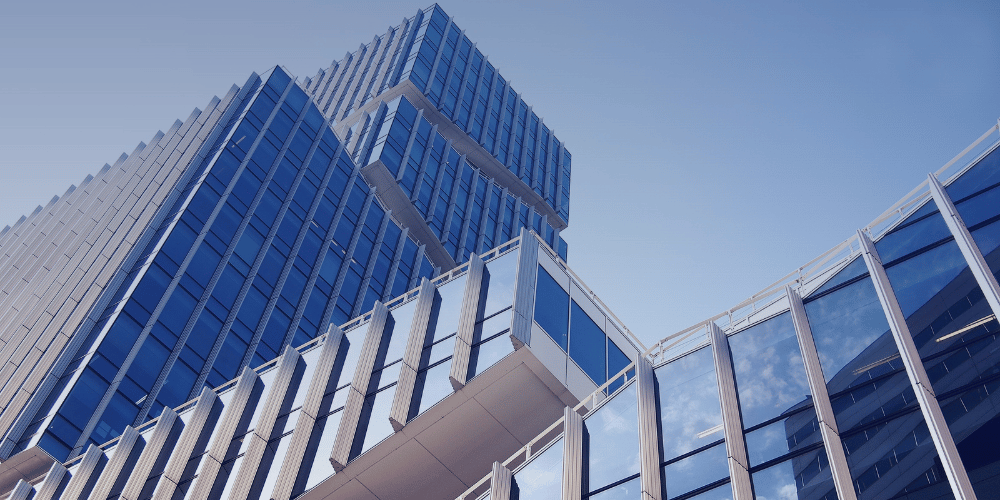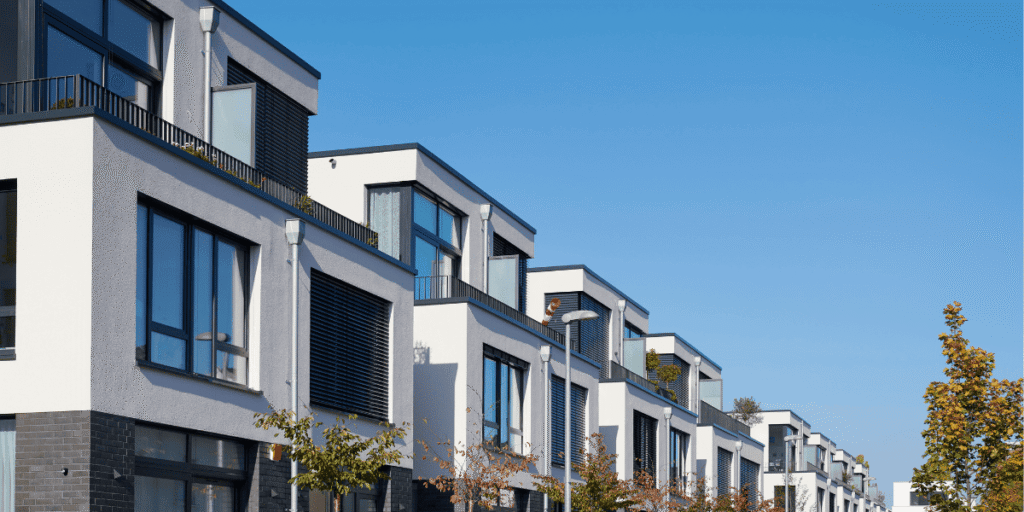Gross Absorption: Definition, Formula and Examples

Gross Absorption is crucial for anyone involved in the market as it measures the total space leased over a specific period. It includes everything from new leases to renewals and expansions.
We’ll break down what gross absorption means through real-life examples, helping you understand its impact on market trends and what it could mean for your investments.
Whats is Gross Absorption?
In commercial real estate, gross absorption refers to the total amount of space (usually measured in square feet) that is leased over a specific period of time before subtracting space that has been vacated or given up during the same period.
Gross absorption is a metric used to assess the overall activity and demand in a commercial real estate market, including offices, retail spaces, and industrial properties.
Gross absorption includes all leased space, whether it is for new leases, renewals, or expansions of existing leases. It provides a broad picture of market health and is often compared to net absorption, which adjusts for space vacated during the period and therefore offers a clearer indication of net market demand or growth.
Essentially, gross absorption measures how much commercial space tenants have committed to occupy, serving as an indicator of commercial real estate activity without considering whether the market is gaining or losing leased space overall.
Gross Absorption vs Net Absorption
Both metrics provide insights into the demand for space, but they highlight different aspects of market activity.
Gross absorption measures the total amount of leased space within a specified period, regardless of whether other spaces have been vacated during that time. It includes all leased spaces such as new leases signed, existing leases that are renewed, and expansions of current leases. This metric is primarily used to gauge the overall activity and demand in the market without accounting for space that may have been given up.
Key points:
- Reflects total leasing activity.
- Indicates market activity and demand.
- Does not subtract vacated space.
Net absorption, on the other hand, is more reflective of the actual increase or decrease in occupied space within a market. It is calculated by taking the gross absorption and subtracting any space that has been vacated. Net absorption can be positive or negative; a positive net absorption indicates that more space is being occupied than is being vacated, suggesting a growing market. Negative net absorption implies that more space is being vacated than is being leased, indicating a contraction in market demand.
Key points:
- Equals gross absorption minus the total vacated space.
- Provides a clearer picture of market health.
- Indicates whether the market is expanding or contracting.
Practical Use
- Gross Absorption is useful for understanding the level of leasing activity and can be particularly insightful for landlords, developers, and brokers who want to gauge the level of interest and activity in a specific area.
- Net Absorption is crucial for investors and analysts looking to understand the underlying health of the real estate market. It helps in making informed decisions about property investments and in forecasting future trends.
Example
Imagine a commercial area where:
- 20,000 square feet of new leases are signed.
- 5,000 square feet of leases are renewed.
- 3,000 square feet are expanded.
- 10,000 square feet are vacated during the same period.
Gross Absorption would be 28,000 square feet (20,000 + 5,000 + 3,000), reflecting total leasing activity.
Net Absorption would be 18,000 square feet (28,000 – 10,000), which reflects the actual increase in occupied space.
By comparing these two figures, stakeholders can gauge both the level of activity and the real growth or contraction of space usage in the market, providing a dual lens through which to view market conditions.
Gross Absorption Formula
Gross absorption in commercial real estate is calculated by summing up all the leased space within a specific period, regardless of the type of lease (new leases, renewals, and expansions). There isn’t a complex formula involved; it simply involves adding up the total square footage of all space that tenants have agreed to occupy during the period in question. Here’s how you would typically calculate it:
Gross Absorption = Total Square Footage of New Leases + Total Square Footage of Renewals + Total Square Footage of Expansions
This metric gives a comprehensive overview of the total demand for space in a given area, market, or property type over the specified time frame.
Gross Absorption Example
Suppose in a particular downtown business district, there are three office buildings where leasing activity has occurred over the past quarter:
- Building A leases out 15,000 square feet of previously vacant office space to a new tech startup.
- Building B renews a lease with a law firm for 20,000 square feet.
- Building C sees an existing tenant expand their lease by an additional 5,000 square feet.
To calculate the gross absorption for this quarter in the district, you would add up all the leased space, regardless of whether it was a new lease, a renewal, or an expansion:
- New lease in Building A: 15,000 square feet
- Renewal in Building B: 20,000 square feet
- Expansion in Building C: 5,000 square feet
Total Gross Absorption = 15,000 + 20,000 + 5,000 = 40,000 square feet
This total of 40,000 square feet is the gross absorption for the district during that quarter. It reflects the total amount of space that was committed to by tenants, showing active demand and occupancy growth without considering any space that might have been vacated during the same period.
How Can Gross Absorption Be Used
Here’s a more concise overview of how gross absorption can be effectively used in commercial real estate:
1. Assess Market Activity:
Gross absorption measures total leasing activity, helping stakeholders gauge market demand and economic conditions.
2. Analyze Trends:
It allows for tracking and comparison of market trends over time, which is crucial for predicting future conditions and planning investments.
3. Guide Investments:
High gross absorption rates can indicate robust demand, encouraging investments in regions or developments showing strong activity.
4. Benchmark Performance:
Comparing a property’s gross absorption rate against market averages helps landlords and managers identify areas needing strategic adjustments.
5. Optimize Leasing Strategies:
Real estate professionals can use gross absorption data to target marketing efforts and adjust lease terms to match market demands.
6. Economic Insights:
It serves as an economic indicator, reflecting growth in specific industries based on increased leasing activity in relevant property types.
By simplifying leasing data into actionable insights, gross absorption provides a practical tool for enhancing investment decisions and market strategies in commercial real estate.
The Bottom Line
Commercial real estate is a dynamic and competitive field where understanding key factors such as gross and net absorption can significantly influence the market. Collecting data, leveraging these insights, and staying ahead of market trends are essential for optimizing your investment strategies.
Ready to navigate the complexities of the commercial real estate market? Contact our experts today for advice and insights.




